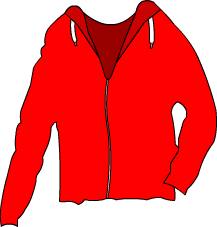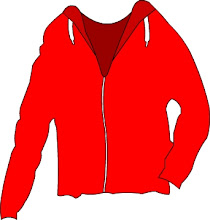The target of this assignment is to create a data visualization using a program called processing.
the data will be from from an XML feed from university of Plymouth, which has several different types of information, ranging from C02 levels, to outside wind speed.
my initial idea was to have some form of animation based on a tree, whereby each time a piece of data changes, a new branch is added.
this is a quick doodle of how i see this looking

this idea is similar to something i have seen on the processing website, which has a snowflake which slowly adds parts to its points to create an intricate pattern, although it doesn't use an XML feed to influence the speed or location of the added parts.
-------------------------------------------------------
since the previous idea, i have tried to make the tree sprout branches, without using the data, just as an animation on its own, and i have so far been unable to make it work properly, as branches do not go in the right place, or do not stay on the stage, and instead flash up once and disappear.
this has lead me to another idea, still with the tree idea, but instead have lots of trees growing to make a forest, this could be done using the data from the C02 levels, as i think that is a very appropriate idea, seeing as trees use C02 to live and grow.
-------------------------------------------------------
This idea is also not a very good one it seems, for two separate reasons, one of which is that all i can get to happen is that i have a tree jitterbugging around the screen, and no matter what i do, i cannot get it to create a new tree every time the data changes, thus the forest effect is null and void.
The second reason why i will not be using this idea is that i have discovered that another student is also using trees for their visualization, and i don't want my visualization to be too similar.
-------------------------------------------------------
third time is a charm they always say, so hopefully this idea will work.
my third idea is to have a simple circle pattern, much like waves in a lake spreading out from a splash, but using the XML data to determine the size of the splash, so that in the end it will have a large number of circles in many different sizes.
this is some like what i would like it to end up looking like.

---------------------------------------------------------
oh joy, yet again, i have encountered the same problem which i have had with both of the previous visualizations, where simply get one image on the screen at once, so all i can see is a circle fluctuating wildly around.
processing truly is a tough cookie to crack
-------------------------------------------------------
my fourth idea is to use the fluctuation to my advantage, and incorporate my love of music and sound environments, and create a speaker, so that it draws in data all the time, and makes sound based on the numbers it receives, i.e the higher the number, the higher the frequency, with an animation of a speaker-box with the speakers vibrating to the sound.
i dont think i will try to choose any specific part of the data, as the speaker should have a somewhat realistic look in terms of behavior, and i want the sounds to vary quite a bit, so drawing from all feeds is the best way in my opinion, due to the fact that if i use a single feed, the numbers will not vary greatly, whereas using all the feeds i will get a constantly changing frequency.
plus i have been struggling to get processing to use a single feed, and overall this will be easier to make it work.
i dont think i will try to choose any specific part of the data, as the speaker should have a somewhat realistic look in terms of behavior, and i want the sounds to vary quite a bit, so drawing from all feeds is the best way in my opinion, due to the fact that if i use a single feed, the numbers will not vary greatly, whereas using all the feeds i will get a constantly changing frequency.
plus i have been struggling to get processing to use a single feed, and overall this will be easier to make it work.
------------------------------------------------------
finally, it works, after four ideas, i have a functioning visualization, while it is simple, it is still a visualization regardless, and it works for what i want it to do, sadly the data doesnt change by any large amount, so the sound coming out doesnt vary a large amount, but it still varies, and thats the main thing.
here is a screen shot, its hard to see the way the speaker fluctuates in size in these images, but then the visualization runs it is much more noticable

so there is is, while its not the most exciting or pretty, it does work for what i wanted to do, and i like it's simplicity.

